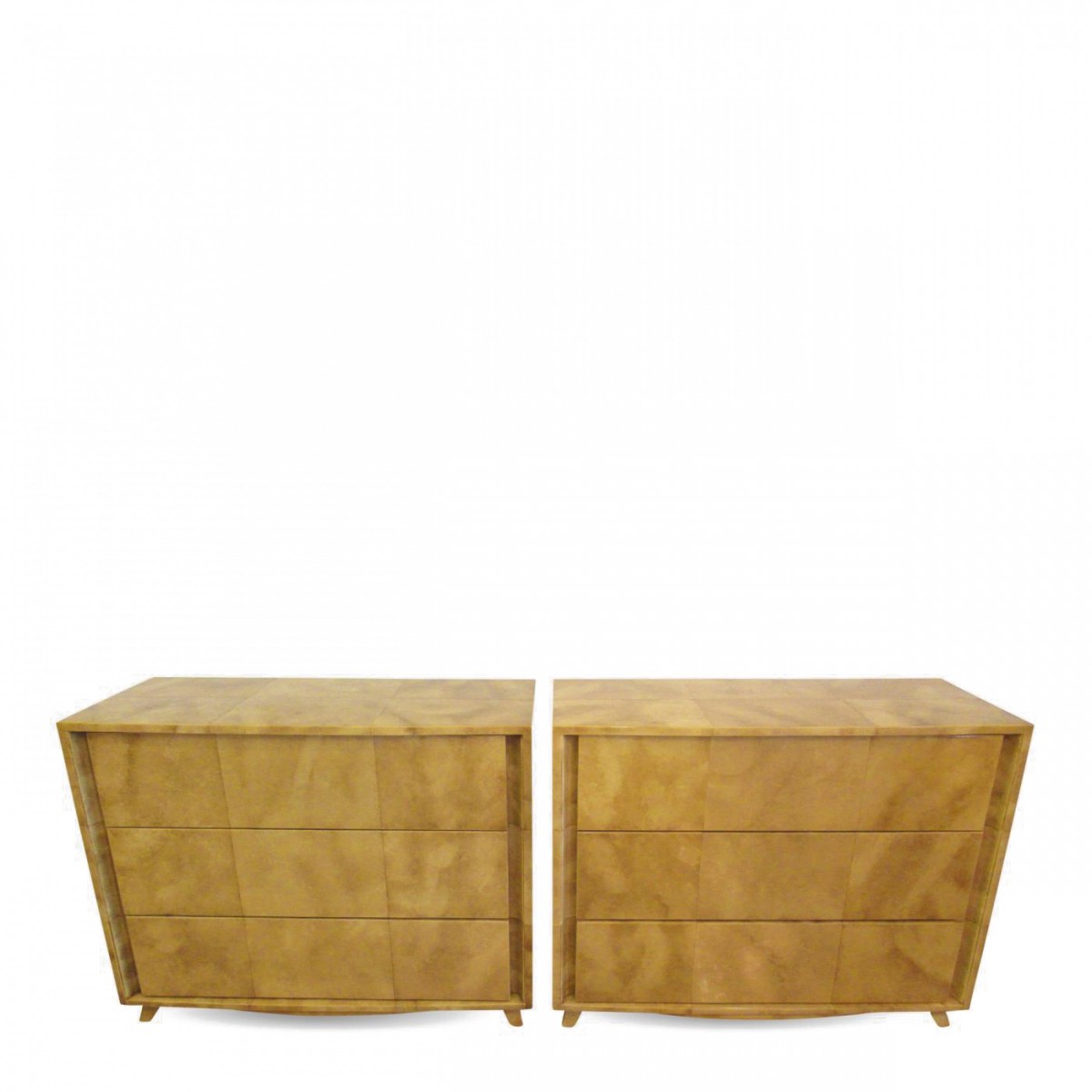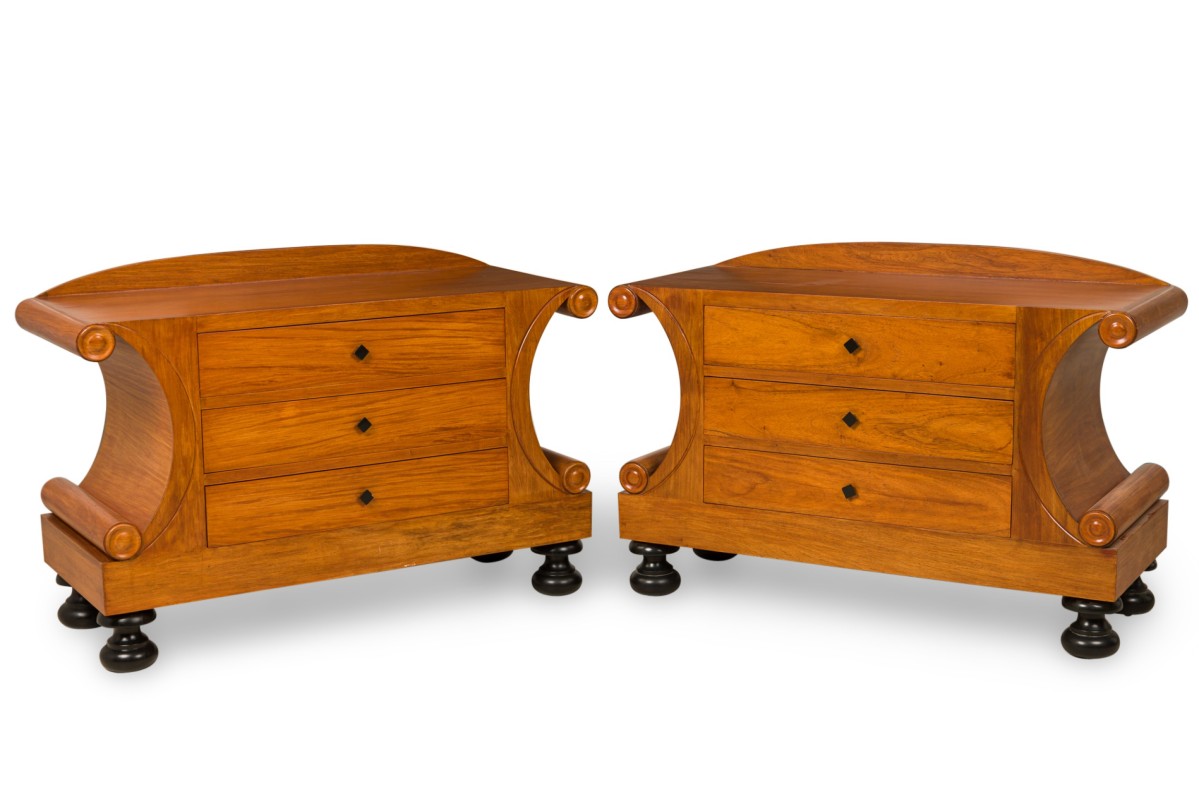X
{{ modalTitle }}
PLEASE FILL IN THE REQUIRED FIELDS.X
X
{{ modalTitle }}
Choose one of the options below.X
ITEM SUCCESSFULLY
ADDED TO PROJECT
Art Deco Burl Veneer 5-Drawer Tall Chest
 Art Deco
Art Deco American
American Cabinets & Case Goods, Bedroom
Cabinets & Case Goods, Bedroom Dresser/Chests, Armoires/Dressers
Dresser/Chests, Armoires/Dressers
Newel Warehouse
32-00 Skillman Ave
Long Island City NY - 11101
 (212) 758-1970
(212) 758-1970
Art Deco Burl Veneer 5-Drawer Tall Chest

Newel Warehouse
32-00 Skillman Ave
Long Island City NY - 11101
 (212) 758-1970
(212) 758-1970
 Cabinets & Case Goods, Bedroom
Cabinets & Case Goods, Bedroom Dresser/Chests, Armoires/Dressers
Dresser/Chests, Armoires/DressersArt Deco
The Art Deco movement, a prominent force within the industrial design of the 1920's & 1930's was born shortly after the turn of the 20th century, when the decorative artist community in France, represented by the Societe Des Artistes, gained the same rights of authorship enjoyed by painters and sculptors. The style of Art Deco in architecture, furniture, fashion and art is known for vivid colors (inspired by early 20th century ballet set design) and geometric forms (inspired by Cubism). Art Deco was the style of luxury during its time, as it featured expensive materials and expert craftsmanship. and represented modernization. Eventually, Art Deco split into two rival schools of design, one following its tradition of luxury, and the other, eventually referred to as Streamline Moderne, embraced industrialization and mass production. A revival of interest in early and mid-20th century design has given new life, purpose and relevance of Art Deco design in the modern home.
Burl
Burl is a type of wood that comes from an irregular growth on a tree. Burl wood is usually cut in a thin veneer form to show its exquisite detail. Burl wood is most common in walnut, elm and yew. Burl wood has been used to decorate furniture for centuries and was highly popular during the Biedermeier period.
Veneer
A wood finishing technique in which thin sheet of fine wood is applied to a the surface of a coarser wood or other structural material for decoration. Veneer is used to give furniture pieces a finer, more pleasing appearance. It was first used in ancient Egypt, classical Greece, and Rome, but did not appear again until the 17th Century in the Netherlands.
Art Deco
The Art Deco movement, a prominent force within the industrial design of the 1920's & 1930's was born shortly after the turn of the 20th century, when the decorative artist community in France, represented by the Societe Des Artistes, gained the same rights of authorship enjoyed by painters and sculptors. The style of Art Deco in architecture, furniture, fashion and art is known for vivid colors (inspired by early 20th century ballet set design) and geometric forms (inspired by Cubism). Art Deco was the style of luxury during its time, as it featured expensive materials and expert craftsmanship. and represented modernization. Eventually, Art Deco split into two rival schools of design, one following its tradition of luxury, and the other, eventually referred to as Streamline Moderne, embraced industrialization and mass production. A revival of interest in early and mid-20th century design has given new life, purpose and relevance of Art Deco design in the modern home.
Burl
Burl is a type of wood that comes from an irregular growth on a tree. Burl wood is usually cut in a thin veneer form to show its exquisite detail. Burl wood is most common in walnut, elm and yew. Burl wood has been used to decorate furniture for centuries and was highly popular during the Biedermeier period.
Veneer
A wood finishing technique in which thin sheet of fine wood is applied to a the surface of a coarser wood or other structural material for decoration. Veneer is used to give furniture pieces a finer, more pleasing appearance. It was first used in ancient Egypt, classical Greece, and Rome, but did not appear again until the 17th Century in the Netherlands.
Art Deco
The Art Deco movement, a prominent force within the industrial design of the 1920's & 1930's was born shortly after the turn of the 20th century, when the decorative artist community in France, represented by the Societe Des Artistes, gained the same rights of authorship enjoyed by painters and sculptors. The style of Art Deco in architecture, furniture, fashion and art is known for vivid colors (inspired by early 20th century ballet set design) and geometric forms (inspired by Cubism). Art Deco was the style of luxury during its time, as it featured expensive materials and expert craftsmanship. and represented modernization. Eventually, Art Deco split into two rival schools of design, one following its tradition of luxury, and the other, eventually referred to as Streamline Moderne, embraced industrialization and mass production. A revival of interest in early and mid-20th century design has given new life, purpose and relevance of Art Deco design in the modern home.
Burl
Burl is a type of wood that comes from an irregular growth on a tree. Burl wood is usually cut in a thin veneer form to show its exquisite detail. Burl wood is most common in walnut, elm and yew. Burl wood has been used to decorate furniture for centuries and was highly popular during the Biedermeier period.
Veneer
A wood finishing technique in which thin sheet of fine wood is applied to a the surface of a coarser wood or other structural material for decoration. Veneer is used to give furniture pieces a finer, more pleasing appearance. It was first used in ancient Egypt, classical Greece, and Rome, but did not appear again until the 17th Century in the Netherlands.





















